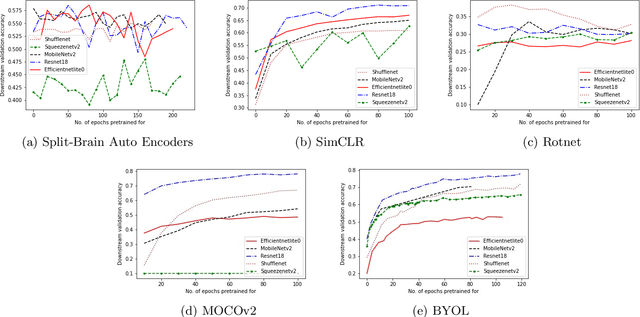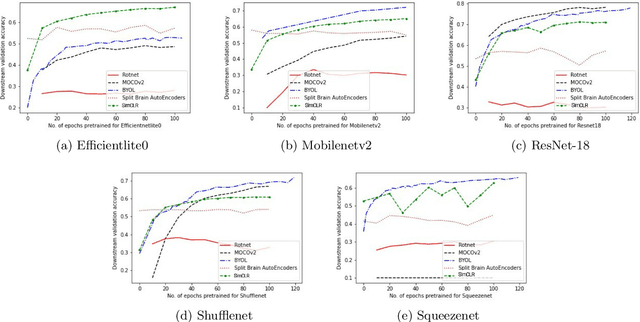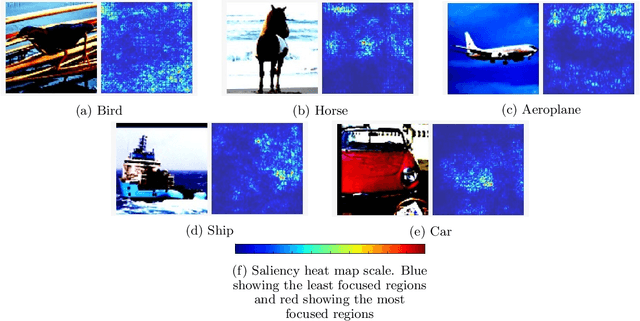Bhargav Jain
Self-Supervised Visual Representation Learning Using Lightweight Architectures
Oct 21, 2021



Abstract:In self-supervised learning, a model is trained to solve a pretext task, using a data set whose annotations are created by a machine. The objective is to transfer the trained weights to perform a downstream task in the target domain. We critically examine the most notable pretext tasks to extract features from image data and further go on to conduct experiments on resource constrained networks, which aid faster experimentation and deployment. We study the performance of various self-supervised techniques keeping all other parameters uniform. We study the patterns that emerge by varying model type, size and amount of pre-training done for the backbone as well as establish a standard to compare against for future research. We also conduct comprehensive studies to understand the quality of representations learned by different architectures.
 Add to Chrome
Add to Chrome Add to Firefox
Add to Firefox Add to Edge
Add to Edge